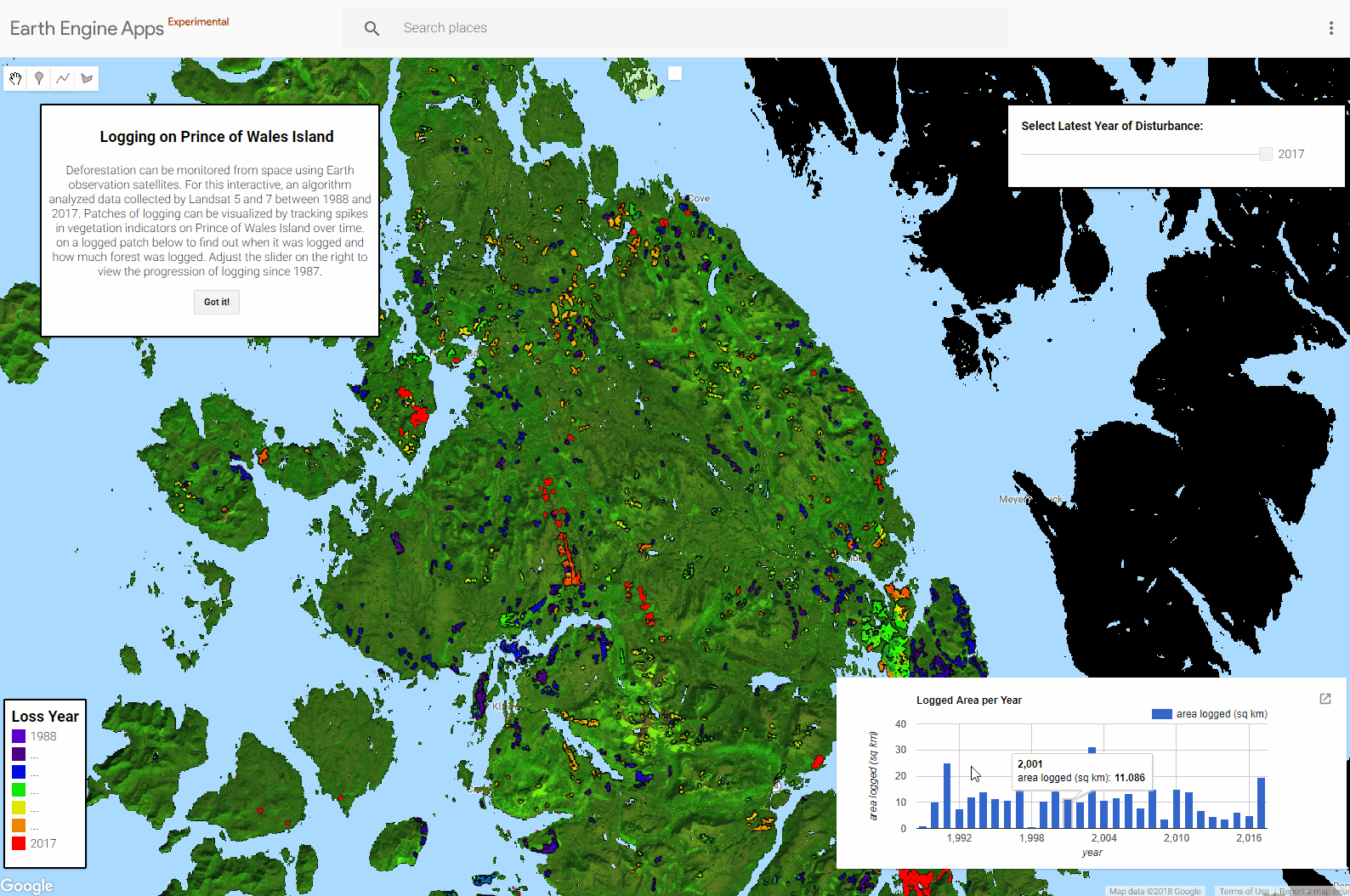The U.S. Forest Service has proposed the Prince of Wales Island timber sale in the Tongass National Forest, the largest old-growth forest logging project in the country in decades. Defenders is urging the Forest Service to look forward toward sustainable progress, not backward to unsustainable ruin.
The Tongass is by far the nation’s largest forest, a stunning bejeweled masterpiece of a rainforest with glaciers and waterfalls, salmon-filled rivers, and verdant valleys home to bears, wolves, deer, bald eagles, and other wildlife. It is the largest remaining intact temperate rainforest in North America.
Where timber once dominated the southeast Alaska economy, it now constitutes less than 1% of regional jobs and earnings. In its wake, the commercial and sport fishing industries, and recreation and tourism have risen up and now comprise over 25% of regional jobs and earnings.
Taking stock of the changing economic times and ecological realities, the Forest Service amended its management plan for the Tongass in 2016, to accelerate an already-planned transition away from commercial scale logging of rare, ancient old-growth forests. Any future for the timber industry on the Tongass is in “second growth” — those forests already leveled 55–65 years ago that have regrown to marketable size. The 2016 plan calls for the elimination of industrial scale old-growth forest destruction.
Nonetheless, the Forest Service now proposes to cut 235 million board feet of old growth timber from over 23,000 acres of ancient forest habitat on Prince of Wales island — already one of the most heavily logged areas on the Tongass. This means that the remaining habitat for old-growth-dependent wildlife like Sitka black-tailed deer, Alexander Archipelago wolves, Queen Charlotte goshawks and other species is disappearing.
Defenders has responded by formally objecting to this proposal, citing its wildlife impacts and failure to protect the habitat that species need to remain viable on the island. The agency has not even specified where exactly the logging it is authorizing will happen. We need to hold the Forest Service accountable to its own Forest Plan, and ensure that the long-awaited transition out of uneconomic and devastating old growth clearcutting begins in earnest.







